This is a view of the Earth.
Click on image for full size
NASA
Pyroxene Minerals
Pyroxene minerals are common in in meteorites and the extrusive igneous rock called basalt. There are many different types of pyroxene including augite, wollastonite, diopside, enstatite, and hypersthene. All of the types contain Si2O6 but some have sodium (Na) while others have iron (Fe), magnesium (Mg), or a combination of these three elements. The general properties of the more common pyroxene minerals, such as augite, are listed below.
- Shape: Orthorhombic or monoclinic
- Luster: Glassy or metallic
- Color: Black
- Streak: White, light green or light brown
- Hardness: 5-6.5 on Mohs Hardness Scale
- Cleavage: Two planes that meet at nearly a 90-degree angle
- Fracture: Most have uneven and brittle fractures.
Last modified April 9, 2003 by Lisa Gardiner.
You might also be interested in:
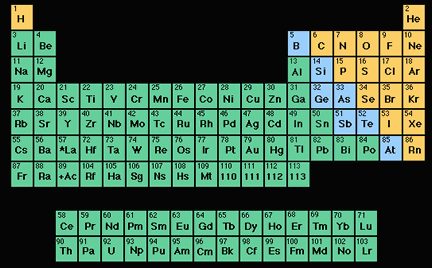
Everything you see around you is made of tiny particles called atoms. There are many different types of atoms, each with a special combination of protons , neutrons and electrons . These different types
...more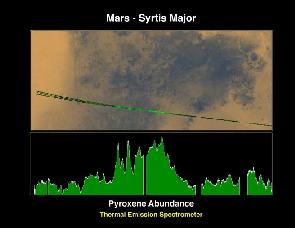
Mars Global Surveyor made a measurement of pyroxene on the surface of Mars. Scientists looking at results from the Mars Pathfinder Rover's study of the rocks of Mars could not find evidence of pyroxene
...more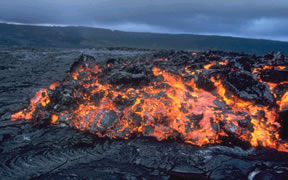
Basalt is an extrusive igneous rock that is very dark in color. It is the most common type of rock in the Earth's crust and it makes up most of the ocean floor. It is made of many dark colored minerals
...more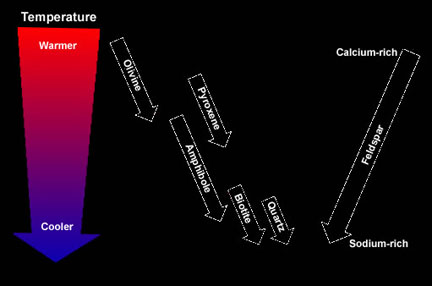
As magma cools, elements within it bond together to form crystals of minerals. However, not all minerals can form at the same time during cooling. Some minerals grow when magma is still pretty hot, while
...more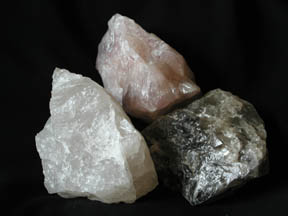
Spotting minerals is fun! There are many different types of minerals, each with a different name and a special set of characteristics. So, if you find a mineral that you do not recognize, you can use
...more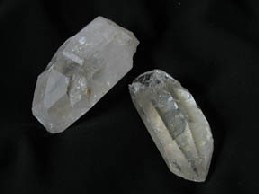
Quartz is one of the most common mineral in Earth’s crust! Silica (Si) and Oxygen (O) are the only elements within pure quartz. If a cooling magma has silica leftover after feldspars form, quartz is likely
...more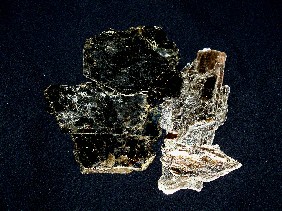
Mica minerals make some rocks sparkle! They are often found in igneous rocks such as granite and metamorphic rocks such as schist. They sparkle because light is reflected on their flat surfaces, which
...more















